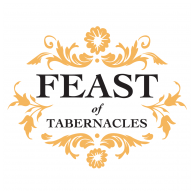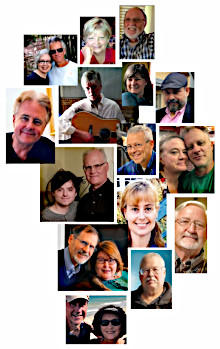
This year we’re bringing the ethrog ceremony – one of the most important aspects of the Tabernacles Feast – front and center.
The ethrog is a special fruit that was a vital part of the eight-day Jewish harvest festival of Tabernacles.
In a ritual ceremony, the “lulav” bundle of palm, willow, and myrtle branches is held in one hand and the ethrog in the other, and both are “waved.” The Talmud says the lulav and ethrog represent the whole human body, with the ethrog representing the heart. Waving them reflects the command to “love the Lord thy God with all thy heart, and with all thy soul, and with all thy strength, and with all thy mind.”
The phrase used by the Torah to describe the ethrog is “pri etz hadar” or “the fruit of a beautiful tree” (Lev. 23:40)
Forbidden Fruit
The Talmud, in Genesis Rabbah XV 7, says the ethrog is identified as the fruit of the tree of the knowledge of good and evil: “It is said, ‘the tree was good for food.’ Which is the tree whose wood can be eaten as well as its fruit? It is the ethrog.”
On the sixth day of Sukkot (also called the “great praise”) the custom is to walk in a procession of seven circles waving the lulav and etrog. The liturgy declares again and again: “Hosanna! Save us!”
 Originally the priests circled the altar in the Temple.
Originally the priests circled the altar in the Temple.
At the end of these circlings, the willow branches are beaten on the ground, as a sign that one wants to get rid of sin.
We use the pomegranate as our ethrog, which was one of the rabbinical contenders for serving as the forbidden fruit of Eden. (Most Jews use the citron fruit). The pomegranate has 613 seeds, the number of the commandments in the Jewish Law.
The ethrog fruit smells delightful and never rots. Rather, it slowly dries out as it ages. So there is a component of eternity hidden within it.
Why?
Contradictions and Mysteries
The Ethrog includes two mysteries within its attractive exterior:
1. As the symbol of the fruit of the tree of the knowledge of good and evil, it reflects the temptation that causes humans since Adam and Eve to judge good and evil for themselves and thereby to try to control their own lives,
2. Conversely, as a symbol of the Law’s 613 commandments, it brings into sharp focus our complete failure to love and obey God.
How can we “love the Lord thy God with all thy heart” when our hearts are “deceitful above all things and desperately wicked?” (Jeremiah 17:9).
The Ethrog embodies both the human predicament of sin, and its solution.
Everyone who does not keep the Law perfectly is cursed by it (Deuteronomy 27:26).
Paul says that “all have sinned” (Romans 3:10, 23) and in Galatians 3:10-13 tells us that “Christ redeemed us from the curse of the law by becoming a curse for us.”
Christ said that “whosoever shall fall on this stone shall be broken: but on whomsoever it shall fall, it will grind him to powder.” (Matthew 21:44)
“Falling on the stone” means repentance, showing our individual brokenness before God as we “reckon ourselves dead” with Christ on the cross. (Romans 6:11)
Release and Joy
Expanding on the tradition of beating the lulav willow branches, we’ve added our own spin and picture that brokenness by throwing the ethrog fruit and smashing it.
To symbolize our desire to no longer judge good and evil for ourselves, and confessing our inability to keep God’s Law, we throw a pomegranate against our little homemade “stone altar,” giving us a tactile representation of release from the illusion of control over our own lives, and our brokenness and acceptance of God’s forgiveness of our failures and sin.
Then we each take a twig from our Tabernacles booth and burn it, symbolizing the end of our sojourn in this temporary age, looking toward the time when “the heavens shall pass away with a great noise, and the elements shall melt with fervent heat, the earth also and the works that are therein shall be burned up.” (2 Peter 3:10)
And finally there is a great party reflecting the marriage supper of the Lamb (Revelation 19:9).
Let’s celebrate together!



Pingback: The Feast of Tabernacles | Community on Columbia